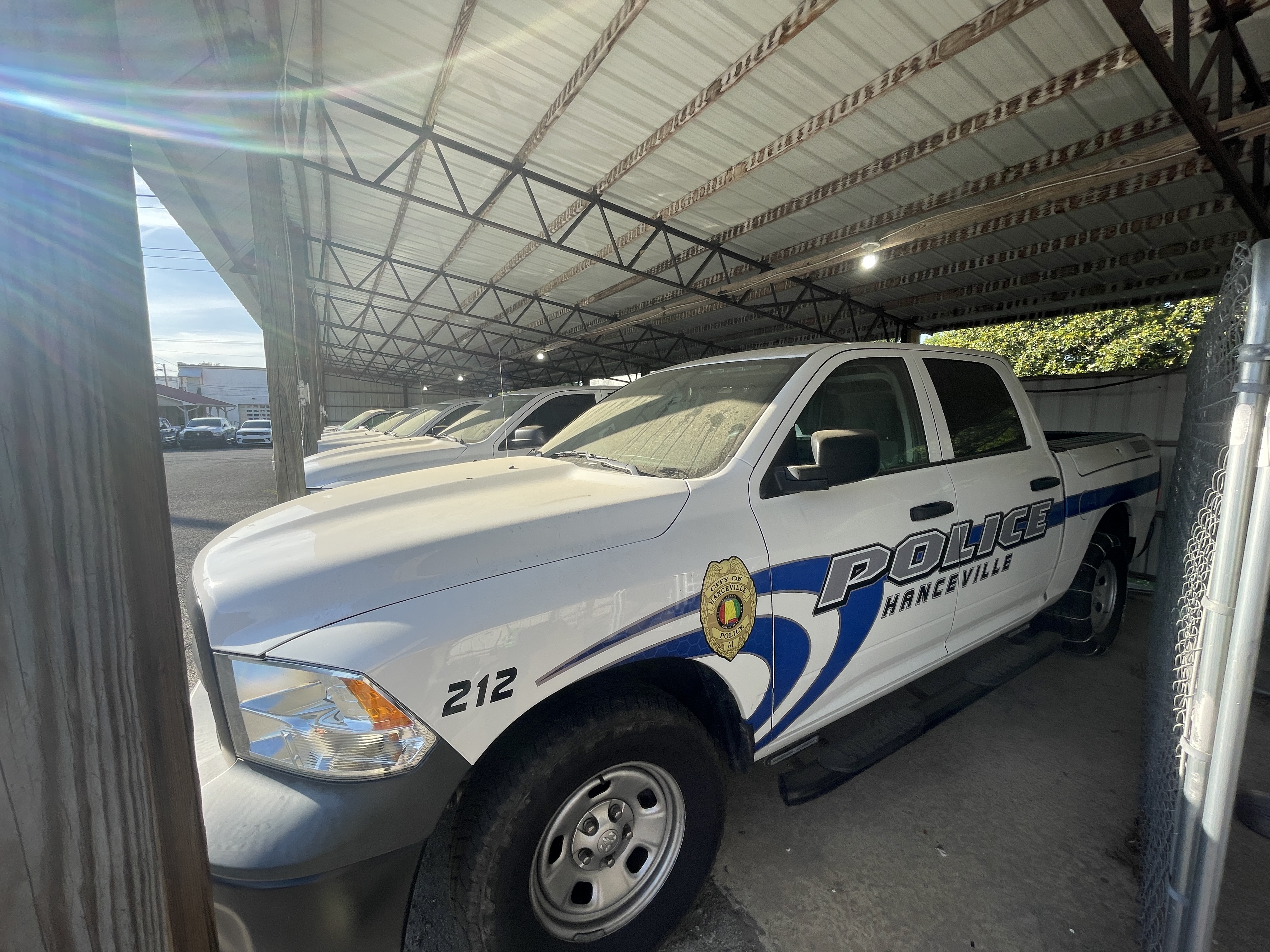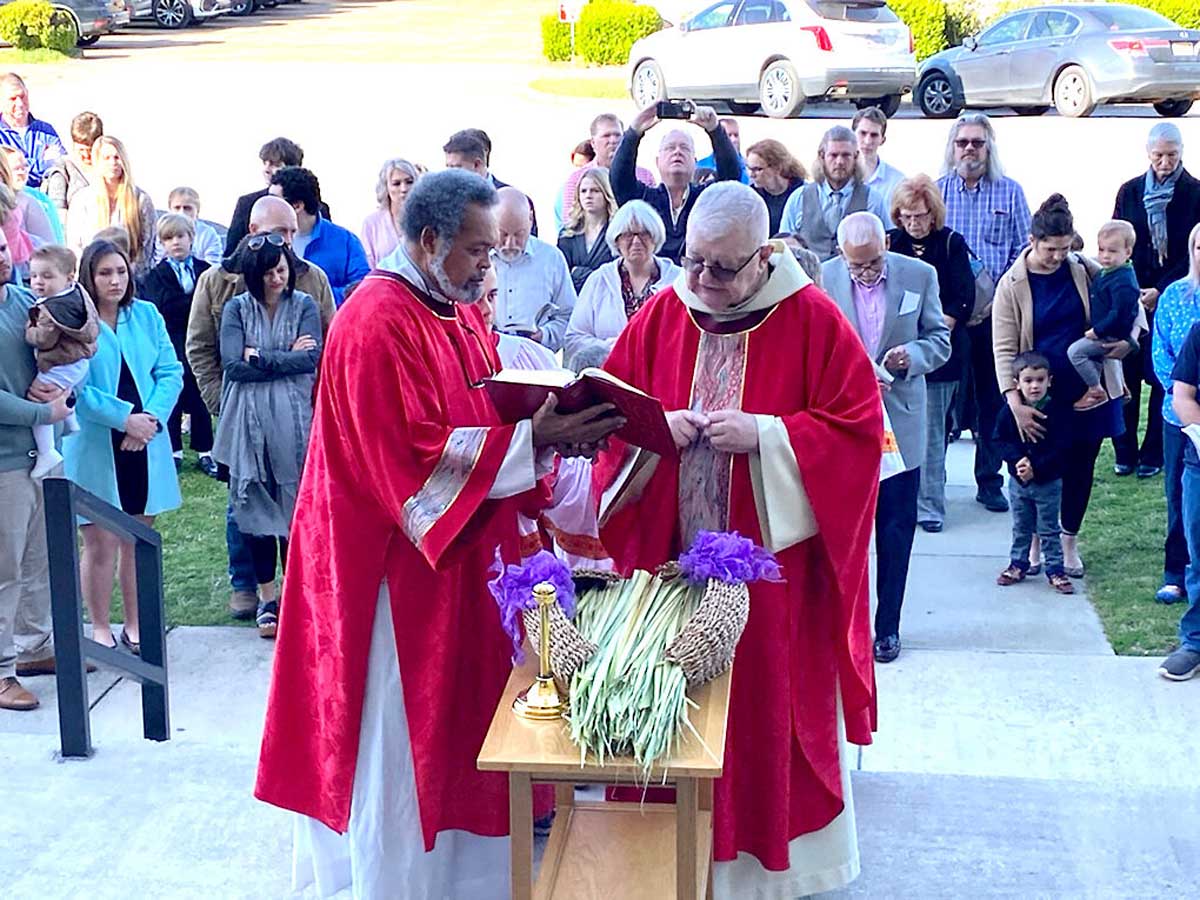Storms may top 1974 outbreak
Published 11:42 am Monday, May 2, 2011
The violent tornado which roared through in Fultondale may go down as one of the worst twisters in recorded history.
While the damage wrought in the Fultondale was great, it paled in comparison to that caused by the same tornado in Tuscaloosa, Hueytown, Concord, Pleasant Grove and Pratt City. As of Friday morning, 19 people were reported killed in Jefferson County alone from this one storm, mainly in Pleasant Grove. And 36 were dead from the storm in Tuscaloosa County, nearly all in the neighborhoods of Alberta City and Rosedale, which Tuscaloosa Mayor Walt Maddox described as being “wiped off the map.”
Survey teams from the National Weather Service office in Calera area spread throughout central Alabama, surveying this tornado and numerous others. Their work will take several more days, but they already know that the twister which finally receded in Fultondale first touched own somewhere near the Alabama-Mississippi state line, in the vicinity of the Cuba community.
If aerial surveys confirm a continuous path of destruction from there to Fultondale, it is likely that this tornado may go into the books as the longest single tornado track on record, according to the NWS. In any event, the tornado is likely to be rated as an EF-5 on the Enhanced Fujita Scale for most of its path, the strongest measurement on that scale.
The supercell storm which produced the tornado was very long-lived, and spawning several more tornadoes along its way before finally dissipating in North Carolina.
The tornado was one of more than 300 that were part of an outbreak that began on Monday in Texas, Oklahoma and Arkansas. One of Monday’s tornadoes nearly wiped out the town of Vilonia, Ark., just north of Little Rock. Over 300 tornadoes touched down over a four day period.
Several dozen twisters were reported in Alabama, and by Friday morning, state disaster officials had put the statewide count of confirmed dead at 210, more than those killed in all other states combined in this outbreak.
In Pleasant Grove, the scene of devastation resembled a bomb explosion. Whole neighborhoods of brick homes were completely leveled, and residents calling in to post-storm programming on radio station WERC-FM on Thursday said that bodies of the deceased were still lying in open view, with medical teams unable to reach them because of the staggering amount of debris.
In Tuscaloosa, the tornado ripped a path down 15th Street, one of the city’s main roads. It destroyed several businesses around the busy intersection of 15th and McFarland Blvd., and clipped one corner of University Mall. About two weeks earlier, another tornado touched down only a mile from that point at McFarland and Skyline Blvd., doing only minor damage.
President Barack Obama declared the state a federal disaster area on Thursday, then visited Tuscaloosa to see the damage first-hand on Friday, on his way to the launch of the final Space Shuttle mission in Florida. Governor Robert Bentley declared a state of emergency for the entire state, and activated National Guard troops to help with relief.
The path of the Jefferson County storm was roughly parallel to that of the April 8, 1998 tornado that also ripped through Concord, as well as Oak Grove, Sylvan Springs and McDonald’s Chapel. The path of that storm was anywhere from one to three miles north of Wednesday’s storm track, but it was considerably shorter in overall length.
Elsewhere in Alabama, other tornadoes nearly wiped out the communities of Hackleburg and Phil Campbell, near Hamilton in northwest Alabama. Another tornado struck the downtown area of Cullman, severely damaging the county courthouse and numerous businesses. Among those damaged was the office of The Cullman Times, which houses the press and administrative office of The North Jefferson News. The Times made with the Florence Times-Daily to print the Cullman-based newspapers, including the NJN.
Debris from the Cullman tornado also blocked the tracks of the CSX Transportation former Louisville and Nashville Railroad main line from Birmingham to Nashville for a time.
The storms caused the shutdown of the Browns Ferry Nuclear Plant in north Alabama, not due to damage to the plant itself, but for damage to high-voltage transmission lines that distribute power from the plant.
Electricity was out for a huge swath along the Interstate 65 corridor, as travelers could not find a single light — much less an open restaurant or gas station — from Fultondale north to Athens. An exception was found in Warrior, as Wayne’s Package Store kept going with generator power, causing a line of traffic to back up on Cane Creek road and over the I-65 overpass. In Athens, gas stations had long lines near the city’s I-65 interchange, all-night restaurants such as Waffle House and Krystal stayed packed into the wee hours, and motels were filled.
Other tornadoes were reported in almost every county in north and central Alabama.
The Walker County town of Cordova was hit not once, but twice — in the morning by severe thunderstorms that destroyed or heavily damaged several downtown buildings, and in the afternoon by a tornado that crossed over Corridor X and hammered the city’s core again. That particular tornado may have in fact been a pair of twisters, as evidenced by video shot by climatologist Dr. Tim Coleman of the University of Alabama-Huntsville and meteorologist Brian Peters. Those two men were chasing the storm for ABC 33/40 television.
The severe storms that struck in the early morning hours, well before the barrage of tornadoes in the afternoon, did nearly as much damage with straight-line winds as the twisters that followed.
Initial reports show that this week’s outbreak will compare well with the infamous “Super Outbreak” of tornadoes on April 3, 1974. That outbreak, in which the Alabama cities of Guin, Winfield and Gu-win were particularly devastated, produced more than a hundred twisters from the Gulf of Mexico northward as far as Windsor, Ontario, the Canadian city across the border from Detroit. This week’s outbreak reached even farther into Canada, with tornado alerts as far north as the national capital of Ottawa and a confirmed touchdown in Fergus, Ontario.
This week’s outbreak has surpassed that of 1974 in terms of the number of tornadoes and the dollar value of damage, even when adjusted for inflation. It has not yet exceeded the number of fatalities from 1974, however; the total as of Friday stands at just over 300, slightly less then the Super Outbreak.
The relatively fewer deaths can be accounted for in many ways, but most have to do with great advances in the ability to predict and warn the public for tornadoes. In 1974, the outbreak was not forecast with any great specificity until perhaps six hours beforehand, and many communities were unprepared and blindsided. In Louisville, Kentucky, the tornado that ripped through that city was followed closely by pilot Dick Gilbert, who flew a traffic helicopter for radio station WHAS and reported live as the tornado advanced; that amount of warning was rare for its day, as a handful of outdoor sirens were all the warning that most communities had.
But in the case of this week’s outbreak, weather forecasters reported nearly a full week prior that Wednesday would be a “red-letter day,” as ABC 33/40 meteorologist James Spann noted several times on his web site in the run-up to the outbreak. The NWS had placed the northern two-thirds in a rare high-risk area for severe storms and significant tornadoes, and by early Wednesday had issued a tornado watch with the ominous “particularly dangerous situation” designation.
As the tornadoes formed on Wednesday, several were shown live on television, thanks to networks of high-mounted remote cameras distributed throughout the area. The twister that ended in Fultondale was seen live by home viewers not once, but twice: the first time as it approached and then plowed through Tuscaloosa, then again going through Concord and Pleasant Grove. Cullman’s tornado was also broadcast live by at least two Birmingham TV stations. Other tornadoes were caught by storm chasers who streamed live video over Internet services such as Ustream.
Surveys of the Alabama storms are expected to take as much as a full week.





